15 of the Fluffiest Cat Breeds
Silky and soft to touch, long-haired cats often make the most snuggly friends.
Adoption rates at U.S. animal shelters jumped as much as 40 percent in 2020, as people craved a comforting creature to cuddle up with during the dark days of lockdown.
Before potential owners adopt their new ball of fluff, there are some factors they should note. Long-haired breeds usually require regular grooming to keep glossy coats tangle and mat-free.
Below, Newsweek has compiled a list of cat breeds, that are perfect for petting.
20. Turkish Van
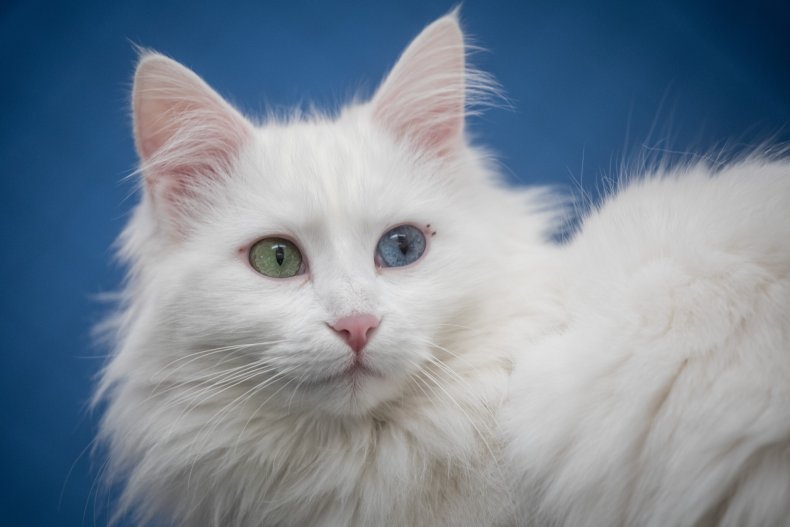
These white cats have a coat so soft it feels like cashmere. Many Turkish Vans have a smudge of colour in between their shoulder blades called "the thumbprint of God," which is thought to be good luck.
19. American Bobtail
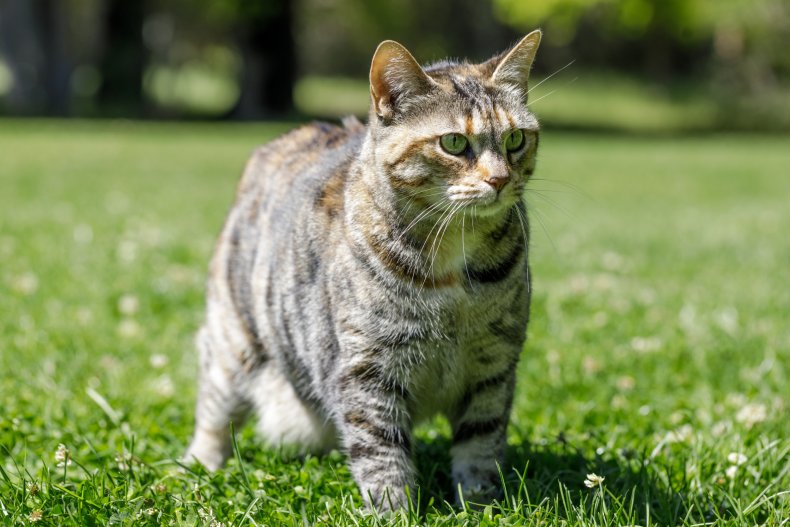
American Bobtails are naturally occurring cats, which shows in their dense, shaggy fur and wild appearance. The breed is not related to the Japanese Bobtail despite the similarities in name and pompom-like tail.
18. LaPerm
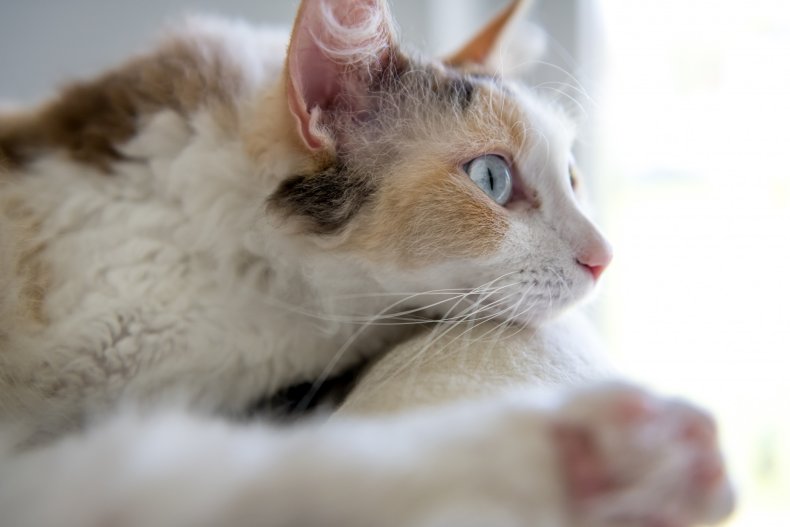
Curls are the standout feature in these cute cats—from tight, corkscrews to loose waves. Strangely, the first LaPerm ever to be born in Oregon, 1982, was hairless. It was only later that curls cropped up and developed into a thick coat, which was passed down to future offspring.
17. Selkirk Rex
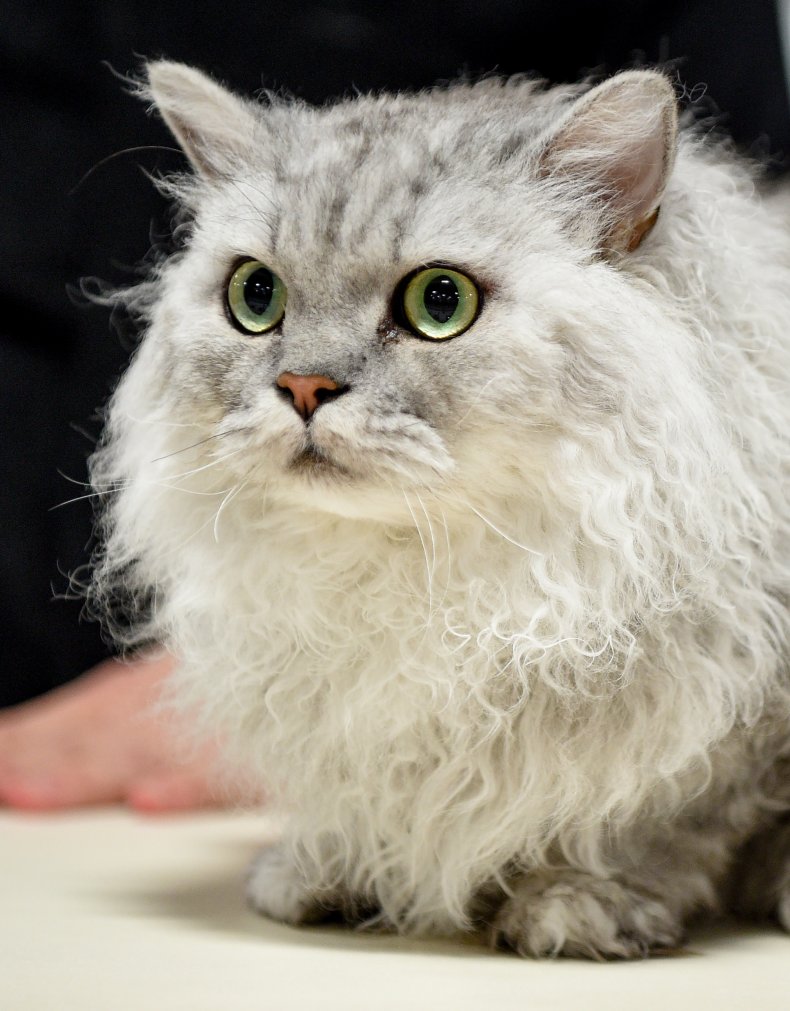
Named after the Selkirk Mountains in Wyoming, these cats have loose, flowing curls, almost like sheep.
Selkirk Rex cats have three types of coat hair—guard, awn and down hairs.
16. Turkish Angora
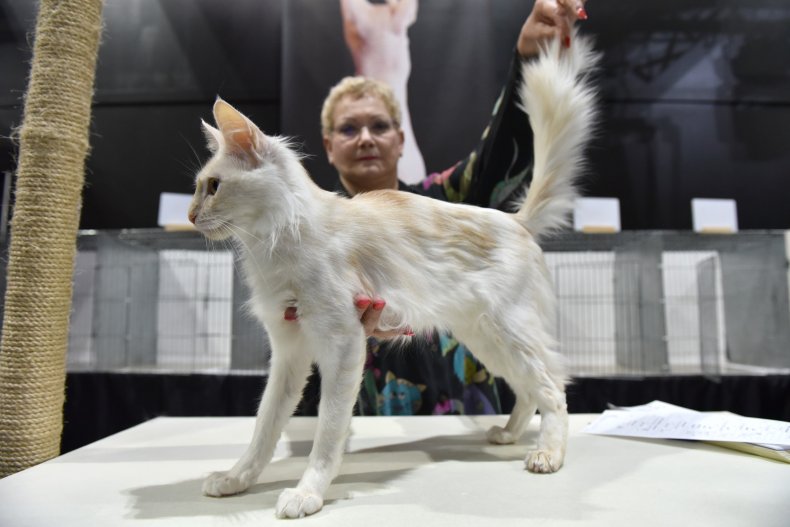
Elegant Turkish Angora cats have long, silky coats and no undercoat, which makes grooming relatively easy.
15. Siberians
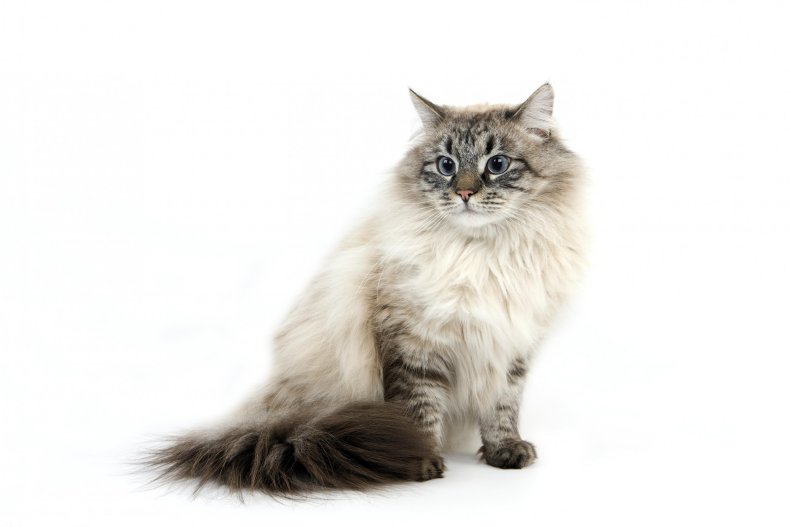
Because of the freezing climate of its homeland, Russia, these cats have a coat that is thick and protective. Traditionally, Siberians have big round paws and a fluffy belly, which are typically white like their chests and legs.
These felines shed seasonally in the spring and fall and need to be brushed several times a week to keep their coat tangle-free.
14. Persians
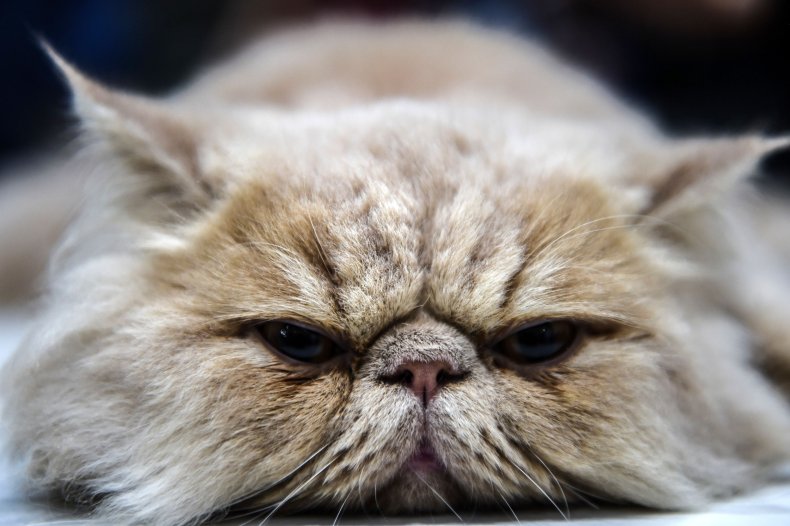
As one of the most sought-after cat breeds in North America, the Persian is also relatively high-maintenance. The breed comes in two types, "Show" and "Traditional," both bearing long, flowing coats which come in an array of colors and patterns.
Felines require combing on a daily basis to keep their coat spick and span.
13. Norwegian Forests
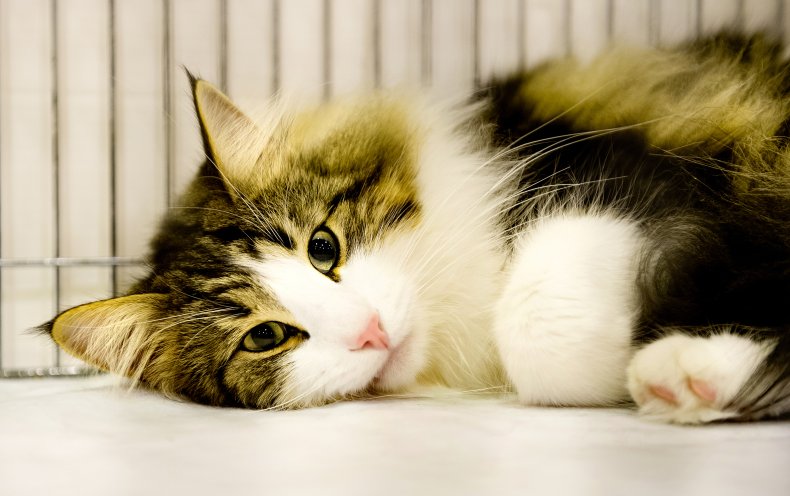
Native to Northern Europe, this breed is adapted to a cold climate, with a top coat of thick, glossy hair and a woolly undercoat for insulation. Fondly known as Wegie, for short, these cats have a bushy tail, which is usually as long as its body.
12. Ragdolls
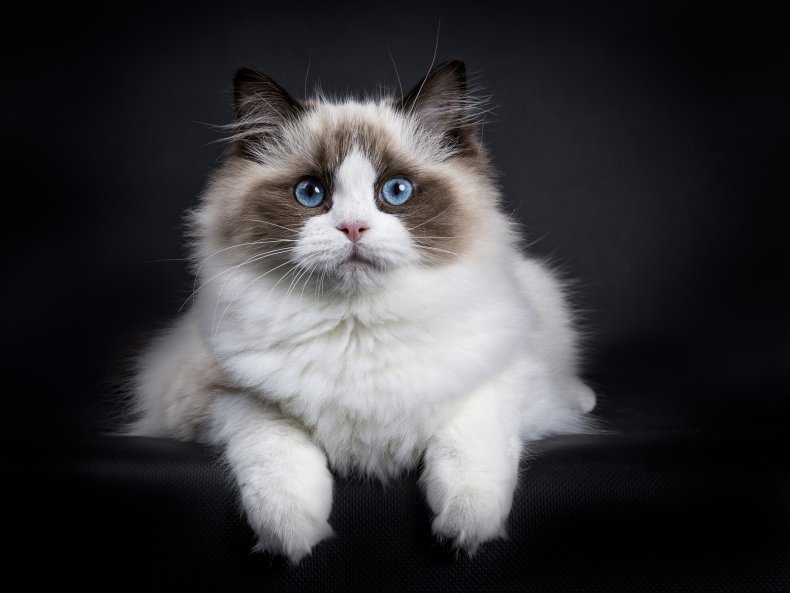
Beloved for their white, silky-soft hair and baby blue eyes, Ragdolls are one of the most affectionate breeds of cats. If groomed from a young age, a Ragdoll will come to enjoy the attention, and might even assume the floppy doll-like position, for which it earns its name.
11. Maine Coons
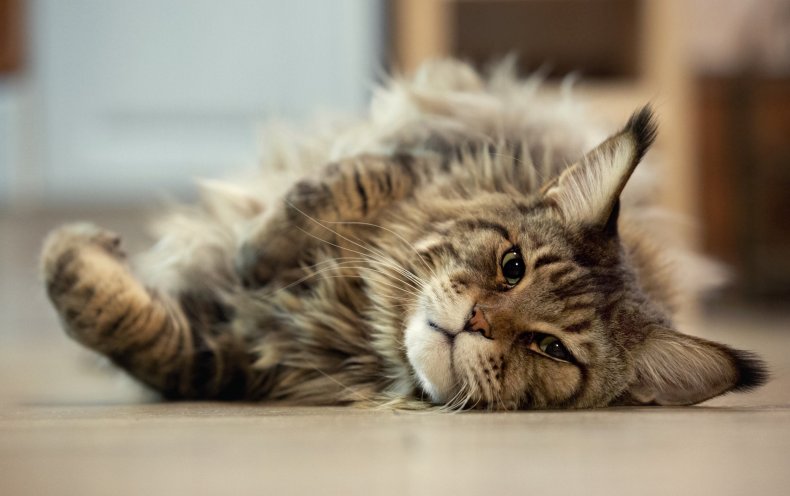
The largest of all the cat breeds, the Maine Coon is often referred to as the "gentle giant" of cats. These felines develop their plush, three-layered coats over time, and daily grooming will encourage fur that is perfect for petting.
10. Exotic Shorthairs
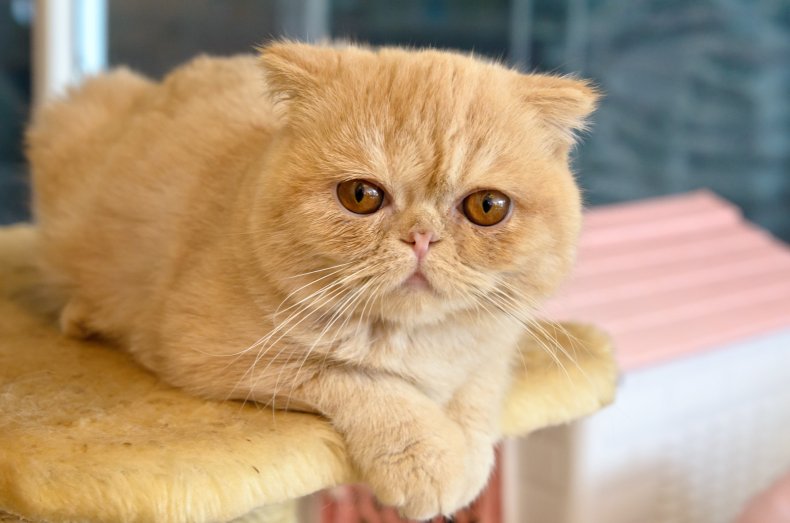
Developed as a short-haired version of the Persian, the Exotic Shorthair still provides a decent amount of fluff. Best for those looking for a cat that requires less grooming, their short-dense coat is easier to care for.
9. Somalis
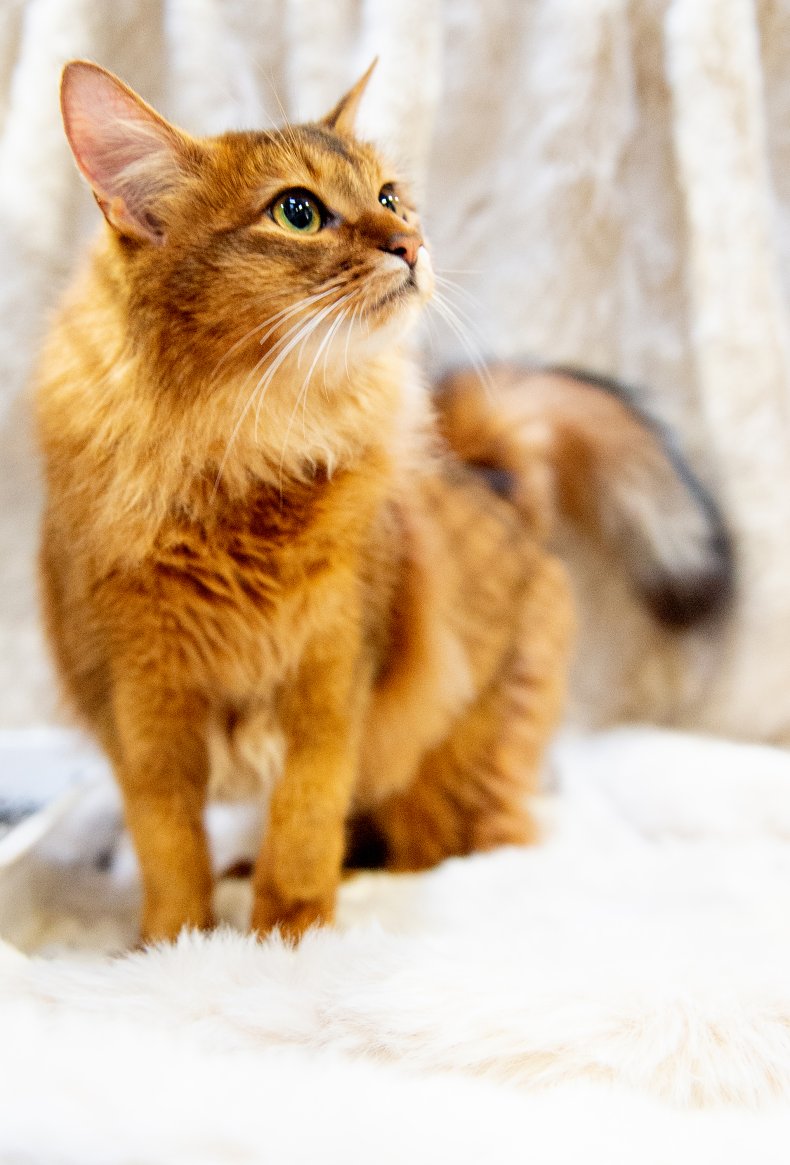
Sometimes described as a long-haired African cat, this breed is similar to an Abyssinian in all but its long hair. These "little lions" have a cute ruff around their necks and come in four recognized colors: fawn, blue, red and ruddy.
8. Birmans
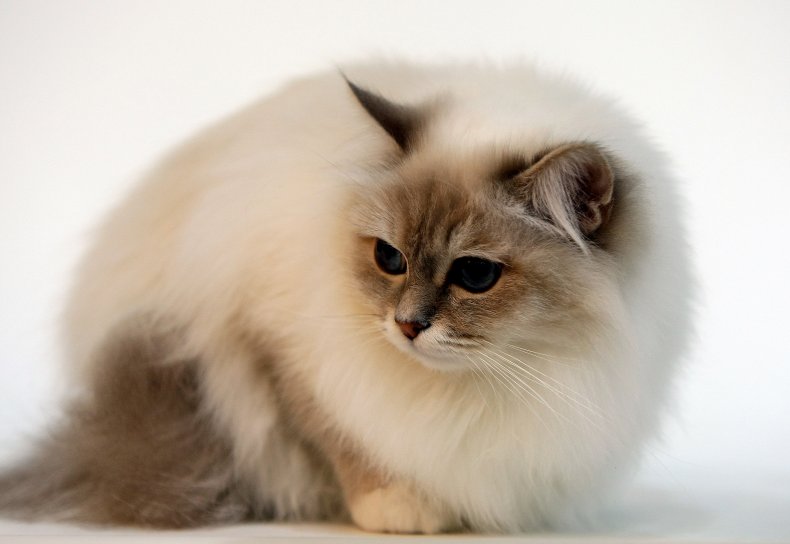
Legend has it that the "Sacred Cat of Burma" acquired its golden coat and blue eyes through the intervention of a blue-eyed goddess. Due to a silky texture and light undercoat, the Birman's long hair rarely mats.
7. British Shorthairs
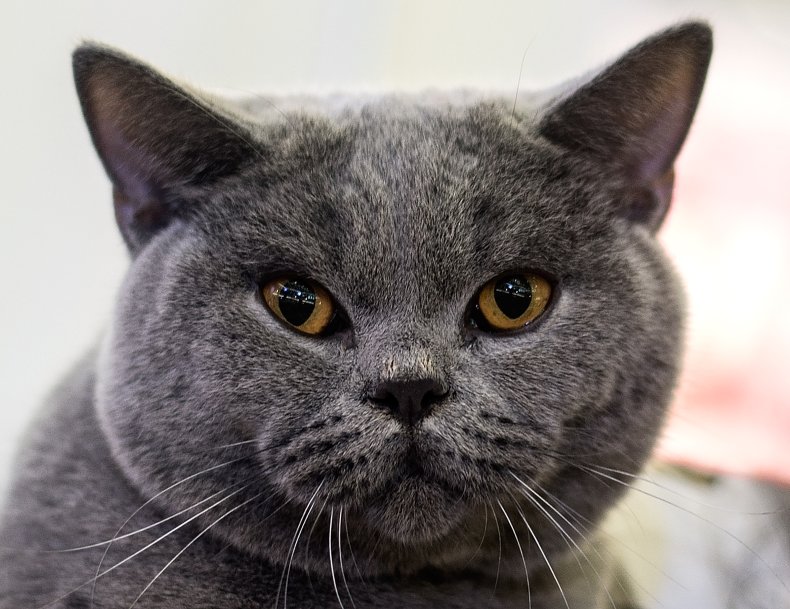
With a round, chunky build and soft, plush coat, British Shorthairs are cuddly family cats. First thought to have been brought to Britain by the Romans, the most popular type are "British Blues", which have beautiful blue-grey fur.
6. Himalayans
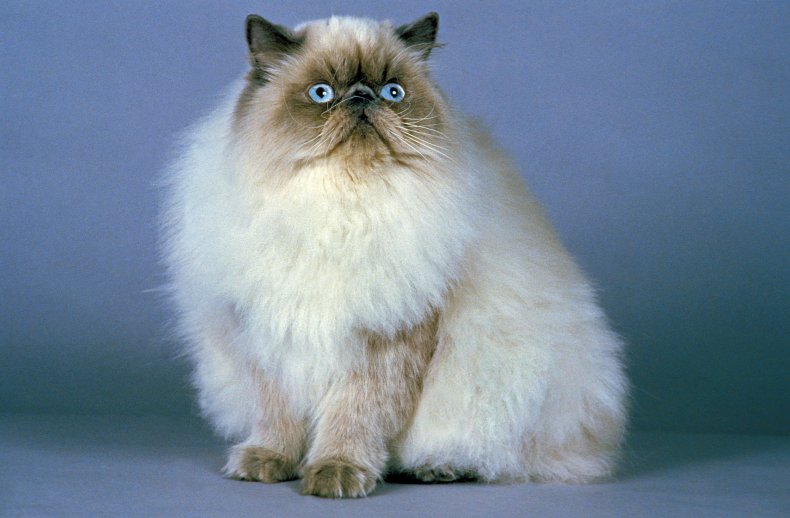
Prized for their lustrous fur, potential owners should be warned: Himilalyans shed a lot in the spring and summer months. However, this makes way for a new, thick coat that protects the cats from cold winters.
5. Japanese Bobtails (Longhair)
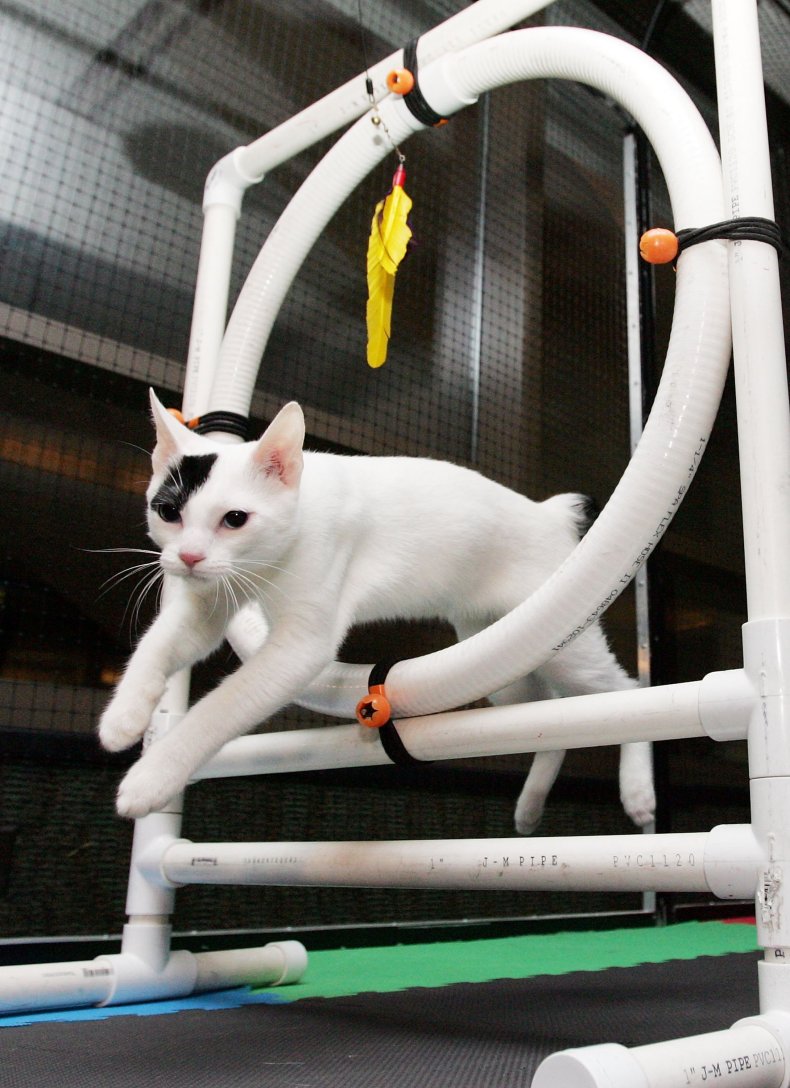
A fluffy, rabbit-like tail sets this cat aside from other breeds. These long, slender cats come in both short-hair and long-hair varieties, with the latter needing grooming around once a week.
4. Scottish Folds
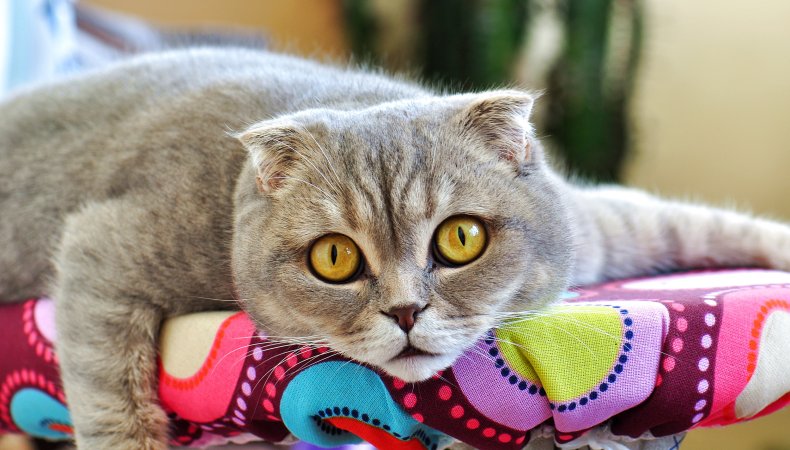
All Scottish Folds are descended from Susie, a white barn cat who lived in the Tayside region of Scotland in the 1960s. Scottish folds are known for their distinctive small round ears, which are folded forward. However, it is worth noting that these cats have been banned in some countries due to associated health problems.
3. Munchkins
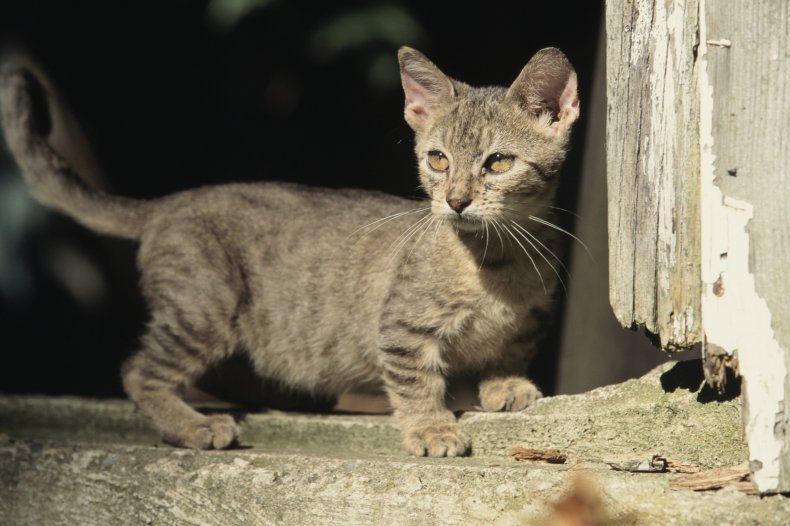
Characterized by their short, stubby legs, Munchkins are believed to be the original breed of dwarf cats. Weighing between 5 to 9 pounds, these fluffy creatures are perfect for squeezing.
2. Ragamuffins
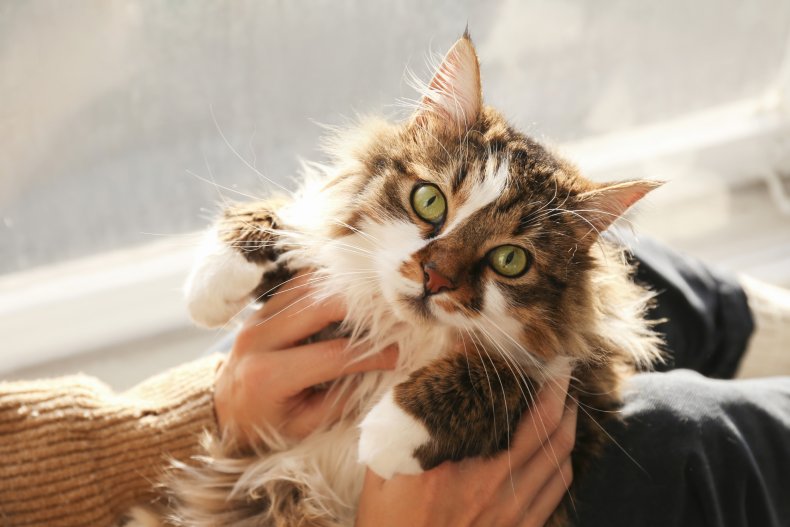
Closely related to Ragdoll cats, Raggamuffins are just as huggable. Created in the 1960s these fuzzy cats are just as affectionate and sweet-tempered, although they do not go limp when you hold them.
1. Manx
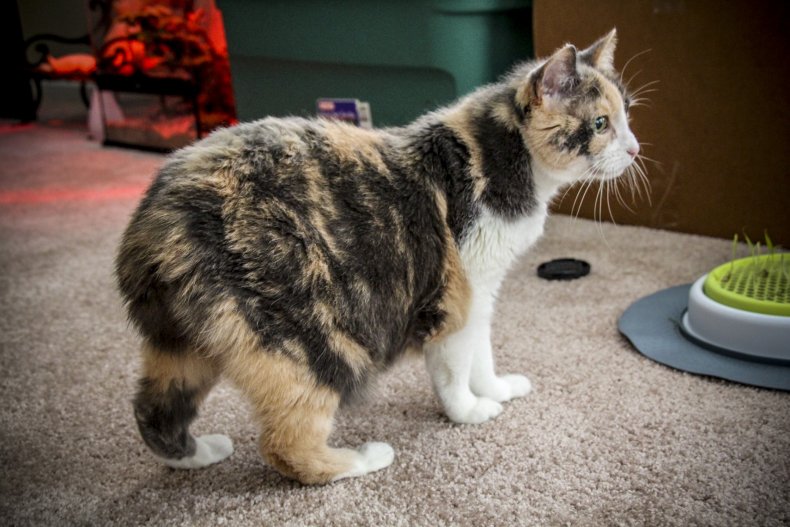
Manx cats have a stand out feature—they lack a tail. These felines hail from the Isle of Man, in Britain, and have short, double-coated fur. Their coats are thick and dense, and are prone to shedding. The long-haired variety of Manx cats are called Cymrics.

